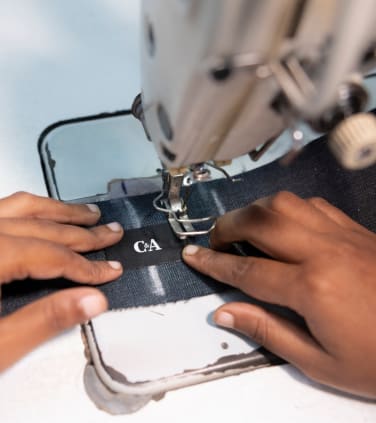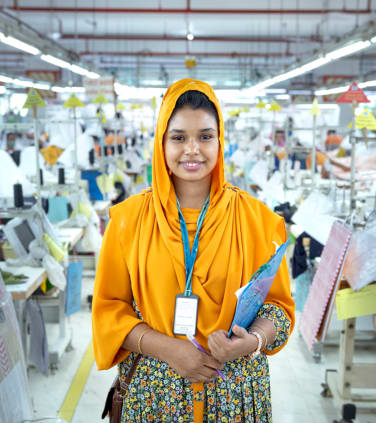DOING GOOD TO PEOPLE AND PLANET
Our industry needs to change at a broader level, and that change starts with us.
At C&A we have a clear purpose: we inspire you every day to look, feel and do good. We want to offer our consumers high-quality, affordable, and stylish clothes that are manufactured in a more sustainable way.
We believe that business can be a force for good. Thus, sustainability plays an important role in our One C&A Growth Plan. To contribute positively and reduce negative impacts, we are pursuing a comprehensive sustainability strategy, in which we have clearly defined environmental and social goals. To reach those goals, we are also building alliances, work closely with industry partners and start-ups. We are convinced that operating in an open, transparent, and collaborative way will contribute to positive change and help our customers making more informed choices.




